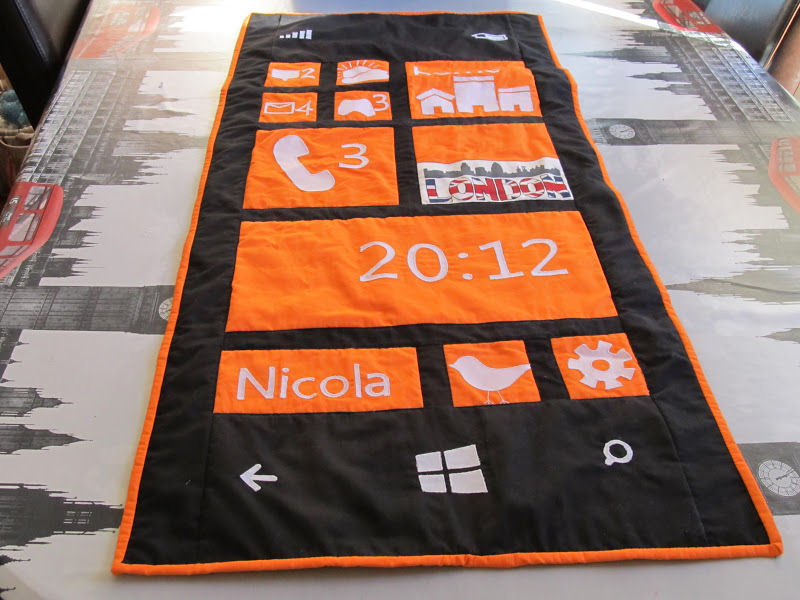And straight away we come up with one of the great issues of smartphone measurements. Market share.
Because market share is measured as a percentage, the number allocated to Windows Phone sales will not be solely down to the sales of Windows Phone devices. If Android has a blowout of a festive season, everyone else's market share will drop. If Apple's iPhone 5 simply stays on the shelf, then everyone else will get a little slice of share.
Market share is great for long term trends, and respective places in the market, but it hides the true numbers and sales of a platform. Imagine you had an OS that has stayed stead at 5% for the last ten years. You would be making significantly more handsets this year than you would have ten years ago, but many people would be wondering why you had done nothing to sell more handsets.
This is not some sort of argument to ignore market share numbers of Windows Phone during 2012 and 2013 (but I know some of you are going to say that in the comments, so carry on, knock yourself out). Rather it's pointing out that it may be hiding a success or a failure of a festive period.

In my mind, there are three key numbers that matter to Windows Phone over the short and into the medium term. And they are all based on pure volume, rather than percentages. And while I can't give you a hard number from the interested parties, I can talk about what the numbers need to achieve, before making an educated stab in the dark as to a number.
First up is the volume of active handsets required for developers to cover the costs of developing applications. The majority of apps looking to make a return still use the paid for download model. With free trials and easy upgrading to a full version a key part of the Windows Store architecture, the coding has been made as simple as possible. But you still need to have enough people looking for apps to download enough trial versions to convert to a paid app that lets the developer pass the break-even point.
Other developers work on ad-supported products, so another number that needs to be reached is one where there are sufficient ad impressions over the mobile ad networks used by developers (such as Microsoft's own network, or the new Nokia Ad Exchange). Note that other mobile ad networks would also love to see Windows Phone become a noticeable market sector that they can sell to their clients.
And the other leg in the retail ecosystem, the mobile networks, will have their own targets as well. The set-up costs for new handsets, training procedures, and marketing all need to be covered, and while there will be a slight unknown as to the ongoing monthly profit per customer, the major costs of doing business will be known and Windows Phone 8 device sales need to clear that mark as well.
Of course, the manufacturers will have a break-even point in their sales where R&D costs, tooling, and setup are covered and the handsets become 'profitable'.
So, back to the question of how many Windows Phones will be enough Windows Phones? If we were to ask any of the major partners involved, we'd get some very diplomatic non-answers, and mentions of 'confidential to the business' would be a phrase likely to be spotted.
The simplest answer must be 'as many as can possibly be sold', but with the best intentions in the world, Windows Phone is not at the point where smartphones can be shovelled out the door to every single person who walks in with an 'everyone buys this' (that would be Android). Windows Phone still needs to swing and fight for every single handset sale.
I'm going to put a number out there for Q4 that I think would be a respectable number for Windows Phone sales to achieve, and one that would go some way to covering the major elements above. That number is five million handsets.
I wish I had a big spreadsheet that could show why I felt this number is a decent target, even if it is a little bit of a stretch. It's certainly far less than the dominant handsets can put together, and yes it's measured over 13 weeks where some feel a leading OS should be shifting that many handsets in a single month, or even a single week. But it's a start, with a number that builds on Windows Phone 7, shows an upwards direction, and will continue to build the ecosystem around a thriving platform.

